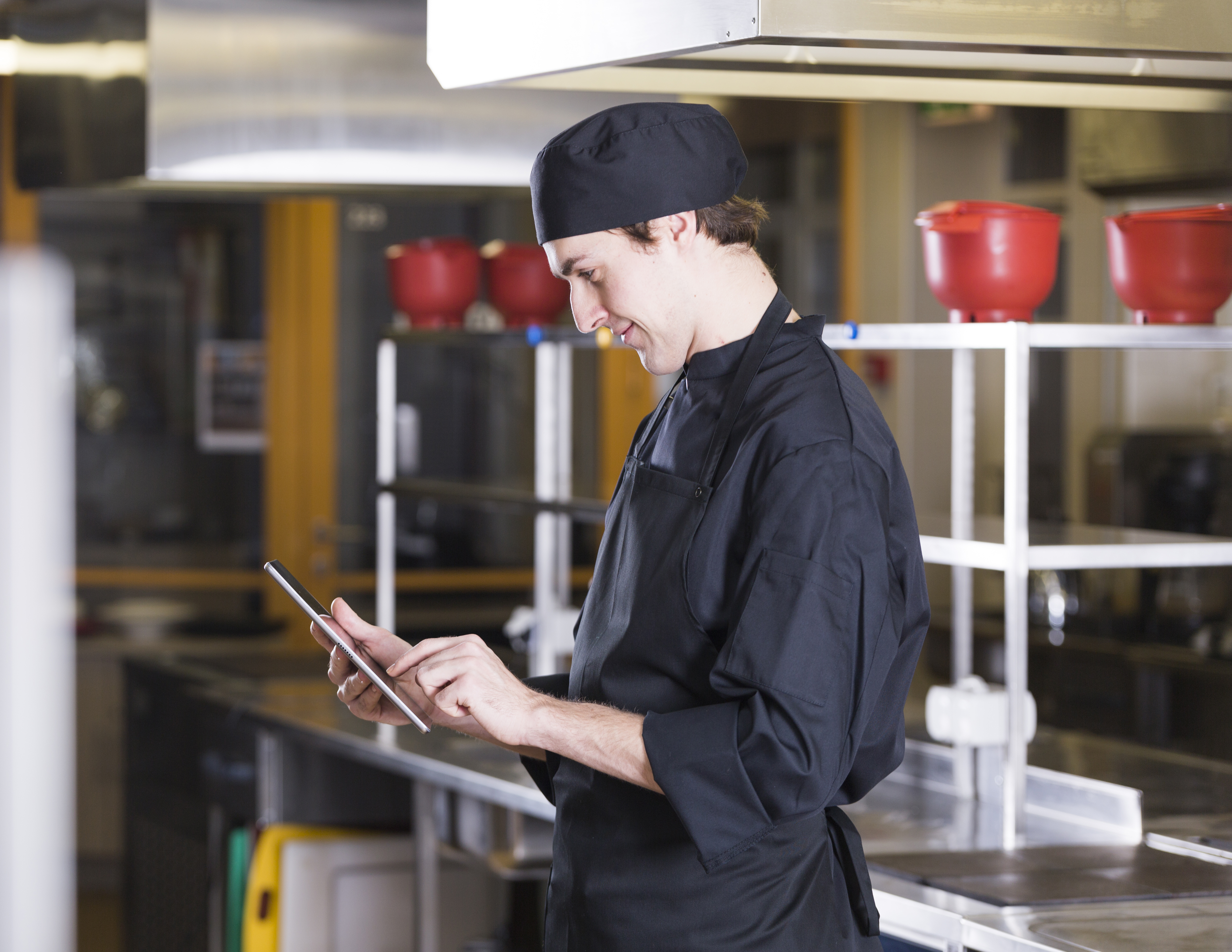By Hassan Hesham


Open your restaurant on social media, web and mobile. Dispatch and receive payments in multiple ways.

Receive customers on the phone. Transform their manual orders to digital in one place.

Manage multiple delivery fleets and dispatch faster without missing on any order.

Reach a wider base of new customers and turn them into loyal regulars.
Find new channels to offer your menu at your customers' convenience.
Reduce the operational hassle and automate your management.
Take data-informed decisions and boost your digital performance.
Build more brand awareness and increase your loyal customers.
Take back control of your online presence and generated profits.
Open your restaurant on social media, web and mobile. Dispatch and receive payments in multiple ways.
Receive customers on the phone. Transform their manual orders to digital in one place.
Manage multiple delivery fleets and dispatch faster without missing on any order.
Reach a wider base of new customers and turn them into loyal regulars.
Find new channels to offer your menu at your customers' convenience.
Reduce the operational hassle and automate your management.
Take data-informed decisions and boost your digital performance.
Build more brand awareness and increase your loyal customers.
Take back control of your online presence and generated profits.

The food industry has been revolutionized in recent years with the introduction of cloud kitchens, also known as virtual or ghost kitchens. In this article, we will explore the benefits and challenges of cloud kitchens and how they work.
What are cloud kitchens?
Cloud kitchens are delivery-only restaurants that operate entirely online without a traditional brick-and-mortar storefront. They cater solely to delivery or takeout orders and can operate from a central location or several locations. Orders are usually delivered through third-party delivery platforms.
How do cloud kitchens work?
Cloud kitchens are run by chefs, cooks, and kitchen staff who prepare meals and operate from a shared or dedicated kitchen space. The kitchens are designed to be efficient and equipped with the latest technologies to facilitate smooth operations. Several brands can operate under one roof, allowing for increased efficiency and scalability. There are different channels to sell food, but Cloud Kitchens rely mainly on online channels like their website or marketplaces to reach their customers.
Benefits of cloud kitchens
Low overhead costs: Cloud kitchens have lower overhead costs compared to traditional restaurants. Since there is no need for a physical storefront, costs associated with rent, utilities, and maintenance are eliminated, making it easier for entrepreneurs to start a food business.
Increased efficiency: Cloud kitchens are optimized for food delivery and equipped with the latest technologies, resulting in faster delivery times and higher customer satisfaction.
Scalability: Cloud kitchens allow restaurants to scale their business quickly without the need for additional physical locations. This enables restaurants to expand their reach and increase their customer base without investing in additional real estate.
Challenges of Cloud kitchens
Limited customer interaction: Cloud kitchens lack the personal touch that comes with traditional restaurants. Customers do not have the opportunity to interact with staff or see the food being prepared.
Dependence on third-party delivery platforms: Cloud kitchens usually rely on third-party delivery platforms to deliver their food to customers. While this allows them to reach a broader audience, they are at the mercy of these platforms' policies and fees.
Competitive market: The market has become increasingly competitive, making it challenging for new entrants to stand out. The competition has led to a race to the bottom in terms of pricing, making it difficult for restaurants to maintain profitability.
Conclusion
In conclusion, cloud kitchens have revolutionized the food industry, offering a cost-effective, efficient, and scalable solution for entrepreneurs. While they face challenges such as limited customer interaction and dependence on third-party delivery platforms, cloud kitchens continue to grow in popularity as more consumers opt for delivery and takeout options. With the right marketing strategy and technology, cloud kitchens can see huge success in today's competitive market. Contact Zyda experts now to learn more about how we can help drive your cloud kitchen sales.